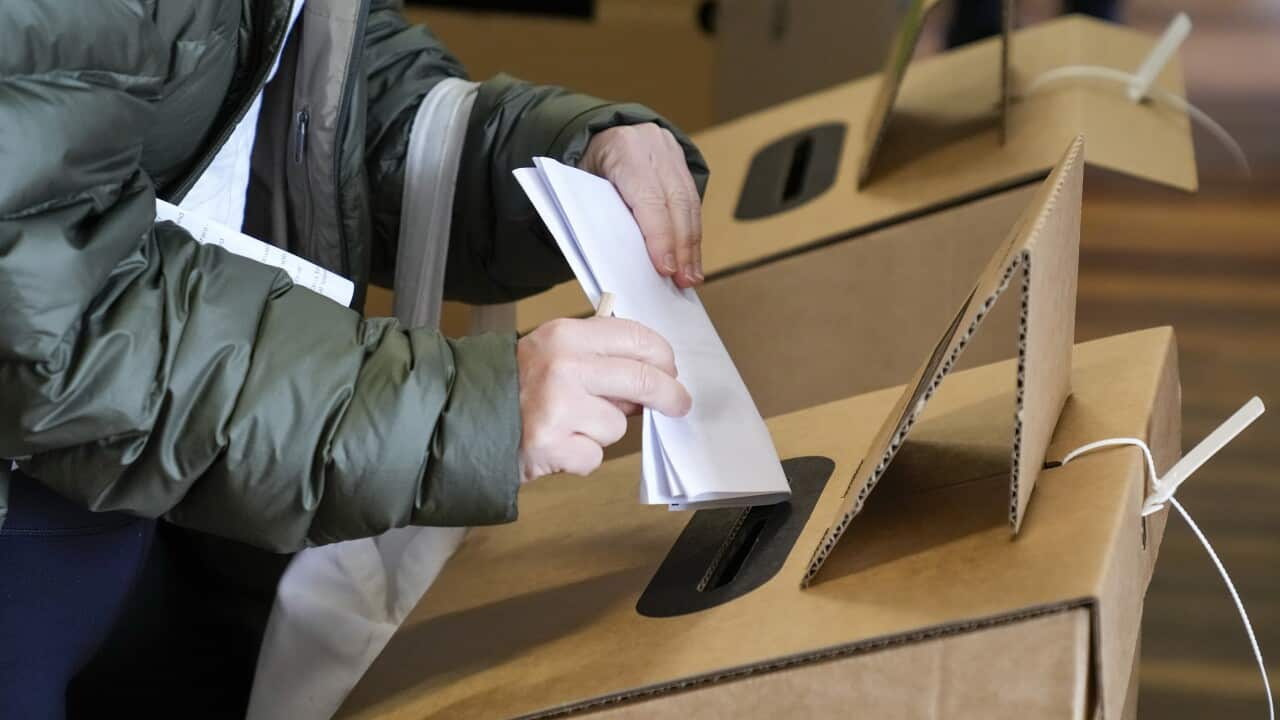Australia has one of the largest ballot papers in the world, meaning voters will have their work cut out for them at the 2025 federal election.
In past state and federal elections some ballots have measured over a metre long from the sheer number of candidates and parties running.
Why are the ballots so big?
The Australian Electoral Commission (AEC) oversees the ballot papers and will adjust the font size and paper as necessary to improve accessibility of voting.
The AEC's ballot paper is often large due to Australia's mixed voting systems used in both state and federal elections.
The House of Representatives and the Senate both use but there are differences in how it operates in each house. Candidates for the Senate are selected through a system of proportional representation.
What's the difference between upper and lower house voting?
In the House of Representatives elections, voters rank candidates from 1, 2, 3, and so on based on their preference.
If a candidate gets more than 50 per cent of the first-preference votes, they win. If no-one gets more than 50 per cent, the candidate with the fewest votes is eliminated, and their votes are redistributed based on second preferences, continuing until someone has a majority.
To be elected to the Senate, a candidate must reach a quota of votes. The quota is calculated based on the total number of votes cast and the number of seats up for election.
When a candidate gets enough first-preference votes to reach the quota, they are elected. If no-one reaches the quota, the candidate with the fewest votes is eliminated.
Their votes are then given to the next preferred candidate. This process keeps going until all the seats are filled.
In Senate elections, voters may rank parties or individual candidates, which can lead to a longer Senate ballot.
Why is the Senate ballot so long?
The Senate ballot is especially large because many parties and candidates run, especially in states with multiple members.
At election time you can either vote above the line for a party or below the line for individual candidates, which are all listed separately.
If voting above the line, voters pick a party, and the party then decides how preferences are allocated.
If voting below the line, voters can rank individual candidates from different parties.
These options make the ballot more complex and larger.
Why do so many parties run for the Senate?
The voting method for the Senate could be attractive to smaller parties with less funding or name recognition.
Proportional voting in the Senate means smaller parties can use preference deals with the major parties to leverage votes.
This allows for fringe groups and minor parties to have a better shot at getting enough votes for election when compared to the lower house.
Certain parties such as the Family First Party and the Shooters, Fishers and Farmers Party have historically focused on winning a Senate seat over a lower house one.
Single-issue parties, which generally focus on a small number of topical policies, also pop up in the lead-up to elections.
At the last federal election in 2022, there were a record number of anti-vaccination parties on the ballot for the Senate.
Are the minor parties popular?
At the 2022 election minor parties received a record number of votes for the Senate.
The Senate 'Other' vote reached 35.7 per cent against the two major parties — 34.2 per cent for the Coalition and 30.1 per cent for Labor.
In the House of Representatives, support for minor parties and independents remained in third place though at a record level. The Coalition polled 35.7 per cent in the House, Labor 32.6 per cent and all other candidates 31.7 per cent.



